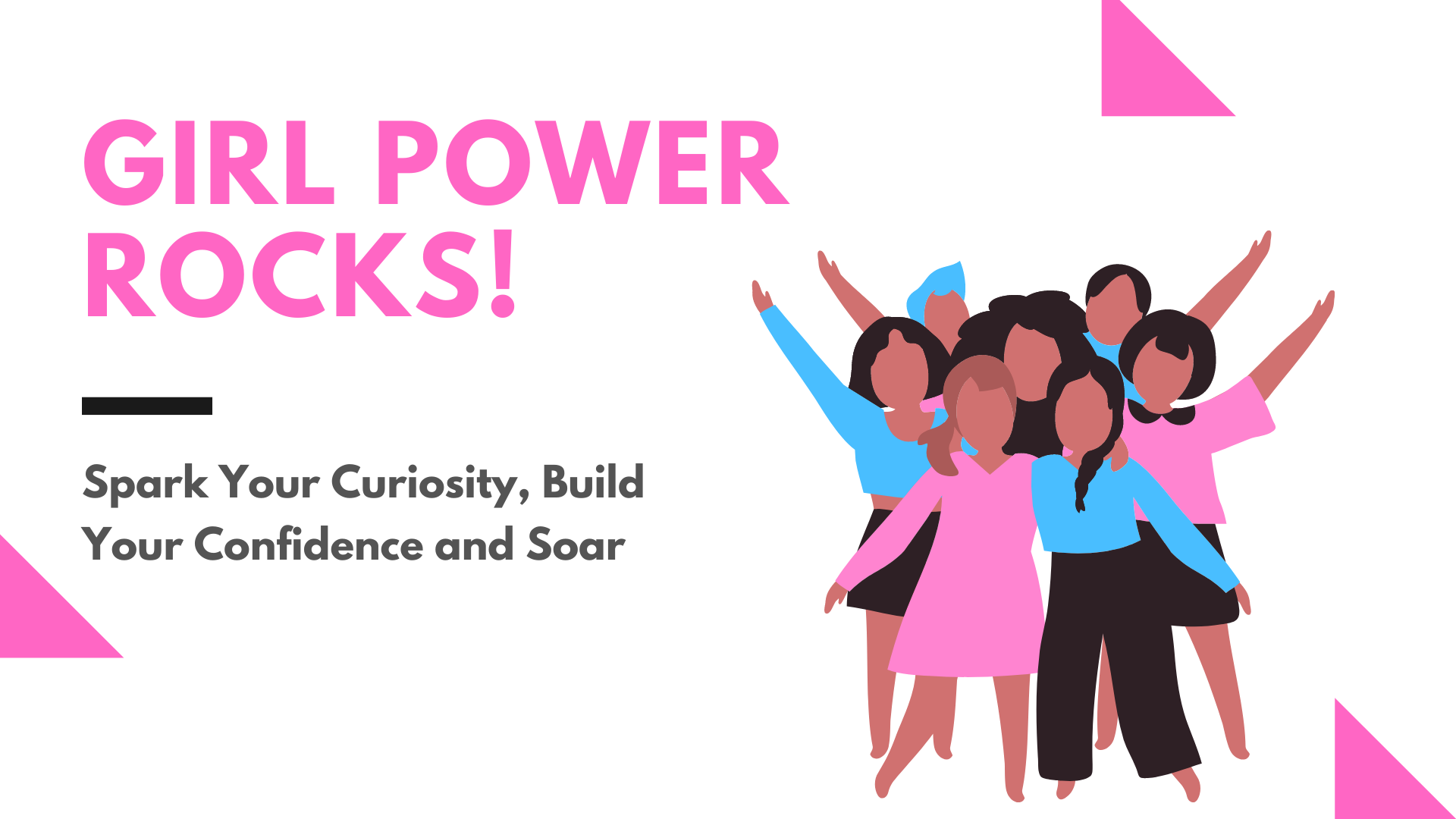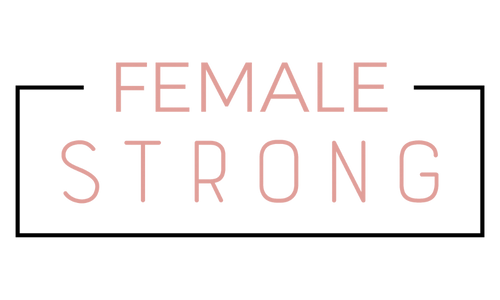Girl Power Rocks

Spark Your Curiosity, Build Your Confidence and Soar
You’re probably familiar with Benjamin Franklin’s famous declaration, “the only two certainties in life are death and taxes.” Conspicuously missing are the inescapable certainties of life’s transitions. Some transitions are more challenging than others, and a few fortunate people seem to take them in stride, but for the rest of us, they can be daunting. Topping the list of formidable passages is the journey through adolescence.
Surviving those hormone-addled, angst-ridden chaotic years is a testament to human resilience. As if dealing with puberty’s physical and emotional consequences wasn’t perplexing enough, adolescents suddenly encounter changing expectations and social norms based on their body parts because puberty also changes the rules of gender.
Research shows that ubiquitous and harmful gender norms and beliefs shape children’s expectations as young as ten years of age. Another study traced significant restrictive gender norms to children as young as six.
We dedicated a great deal of effort to changing gender biases. In the 1970s and early 80s, “Free to Be… You and Me” blasted stereotypes reassuring girls that they didn’t have to be traditionally feminine. For decades, we’ve highlighted female role models. And today, many young people recognize that there are dozens of options for gender identity, yet pervasive gender biases persist.
We’re left with the question:
How Can We Help Girls Evolve From Confusion and Chaos to Capable, Strong, Compassionate Women?

Role Models
Role models inspire by showing us what is possible. They not only help us imagine where we might go, but they also allow us to create a map to get there. Same-gender role models are essential and have been shown to have a bigger impact on women.
It’s a good time for female role models.
Females in leadership roles around the globe have received props for handling the pandemic. The US elected its first female vice president. An all-female team captured the Nobel Prize in Chemistry. The women’s soccer team is winning world cups and waging a public, uphill battle for equal pay. Women are claiming a place in what once seemed a permanent men’s club: the armed forces’ elite special operations ranks. And a young woman’s poetry captivated the presidential inaugural ceremony.
Ideally, the portrayal is realistic and attainable.
Adolescent girls want to please and judge themselves harshly when they don’t measure up to their self-imposed rampant perfectionism. Experts caution that while it’s wonderful to point out role models’ accomplishments, it’s equally important for girls to see the screw-ups, failures, and struggles, and heavy doses of perseverance in their role models. Focusing on seemingly effortless success can deflate instead of inspire, playing into girls’ worst flawed thinking patterns.
Offering girls a safe place to discover who they are and empowering them to embrace their passion and vision, such as Female Strong’s IDEA Camp , is a step in the right direction. It’s a week dedicated to encouraging girls through inspiration, confidence, and collaboration to help them on their journey to becoming strong, capable women. As well as the Young Entrepreneurs Academy, a 21-week program where girls learn how to start a business.

The Role of Social Media
Traversing the journey through adolescence has always been taxing. The new kid on the block that yields a lot of power is social media. It’s a double-edged sword for middle schoolers. It can be a place where kids are severely judged, but it is also often the only safe space kids can express themselves honestly.
Given that girls spend more than two hours a day on social media, compared to boys at 90 minutes, according to Common Sense Media in 2019, it’s not surprising that reports have surfaced citing the negative impact social media could be having on adolescents especially girls.

Leadership
For many years the so-called solution to help more women become leaders has been to emulate men, based on the fallacy that since men hold a majority of the top leadership roles, they must be doing something right. Decades of rigorous research point out that although men make up most leaders, they underperform when compared with female leaders.
As documented by multiple studies (The World Bank and Peterson Institute), strong female leadership improves families’ and communities’ status, enhances employee productivity, and increases corporate profitability. According to the Harvard Business Review, organizations that increased the number of women in executive and board positions to 30 percent saw a 15 percent increase in profitability.
We all have a role to play in changing the look of leadership in our world. Female Strong invites and encourages you to be part of our work as we empower girls to step into business and life.





